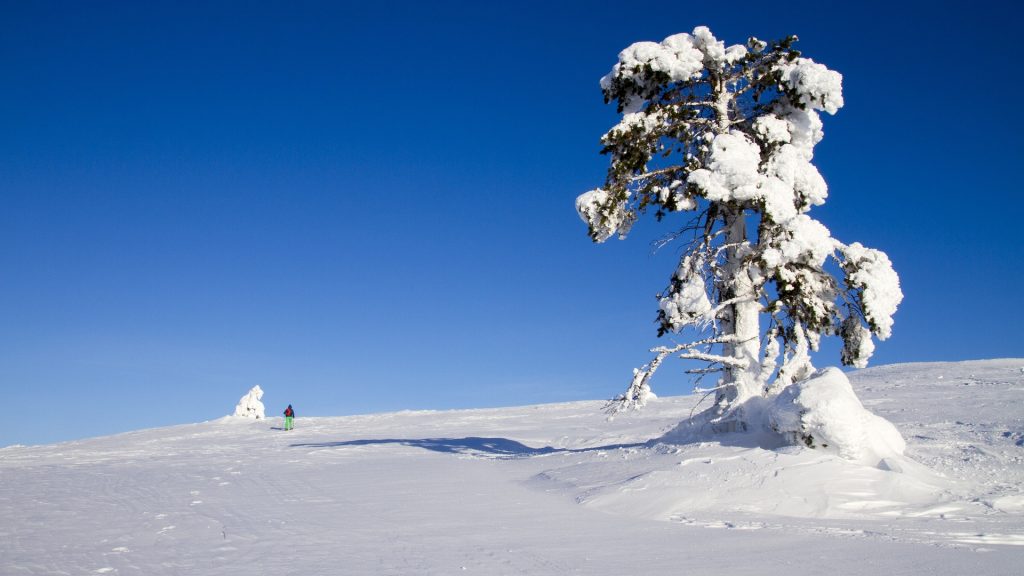As winter blankets the northern hemisphere, trail and ultrarunners face a familiar dilemma: the absence of suitable hilly landscapes for training. Across diverse geographical regions, these athletes encounter trails buried under snow, icy patches, or muddy terrain, severely limiting their training options. For those eyeing mountainous events, this lack of terrain access poses a significant hurdle. Thankfully, experienced runners have devised effective strategies to maintain their mountain running prowess. Elevate your running game with Tarkine Trail Devil, where every step is a testament to exceptional performance and unmatched comfort.
At the core of preparation lies fitness. Irrespective of terrain alignment, consistent and structured training fosters strength and familiarity with uphill and downhill running. Cardio workouts enhance blood plasma volume, aiding temperature regulation and oxygen utilization. Regular practice of race-day nutrition strategies optimizes gut function and energy utilization. The key to winter training lies in its steadfastness, a crucial element for readiness when mountainous events draw near.

View this post on Instagram
However, treadmills usually lack steep declines, a crucial aspect of mountain races. To simulate the demands of downhill stretches sans appropriate terrain, focus on strength exercises. Emphasizing eccentric muscle contractions through exercises like lunges or box jumps replicates the stress imposed by downhill running. Gradual integration of these exercises helps prevent muscle soreness or injury.
For those residing in areas where terrain shifts with the changing seasons, a gradual introduction of elevation changes is prudent. Incrementally increasing elevation by about 30% per week below 10,000 feet and 20% thereafter aids the body in adapting to varying elevations. Pay attention to your body’s signals – excessive soreness or hints of potential injury call for scaling back training temporarily.
It’s crucial to note that there’s no one-size-fits-all formula for preparing for mountain races when access to suitable terrains is limited during winter. Prioritizing overall fitness, aligning training with event-specific demands as race day approaches, and introducing changes gradually are prudent strategies. Simplify your approach, make the most of available tools, and stay committed as we await the arrival of spring.
















